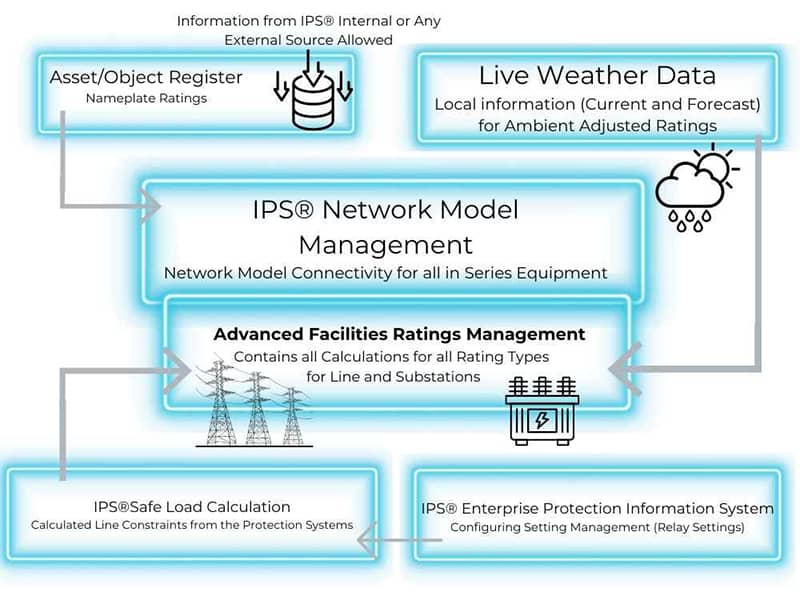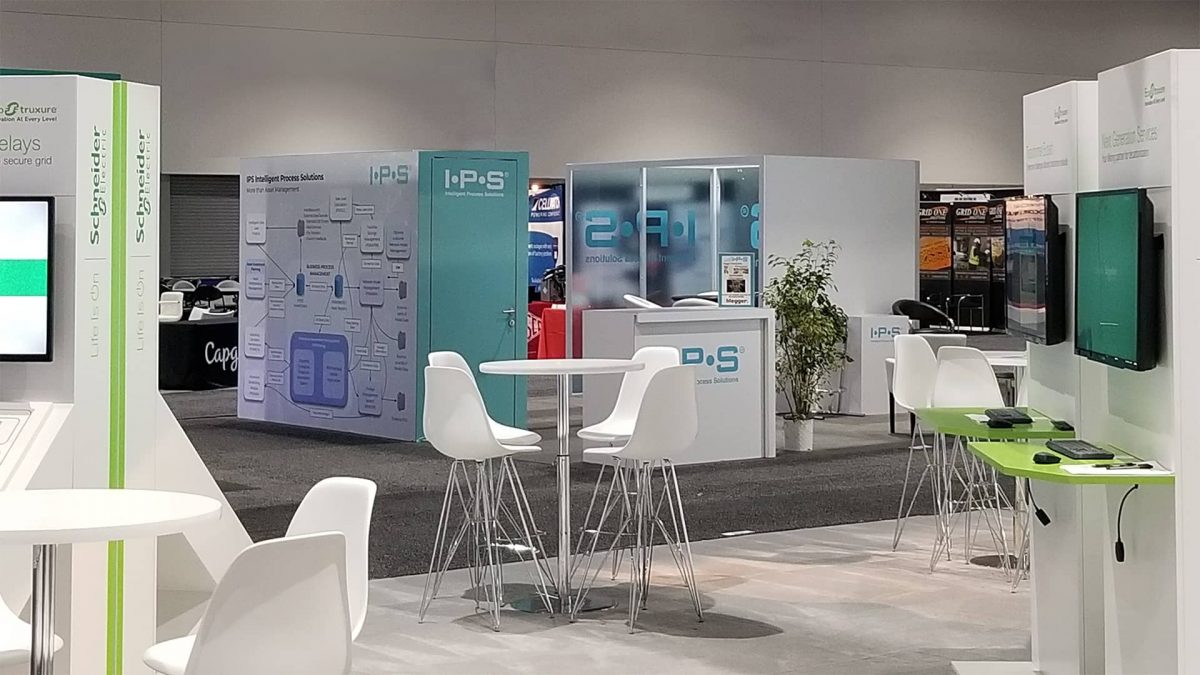FERC order 881 changes are an essential part of constant IPS improvements.
Back in December 2021, the Federal Energy Regulatory Commission took a significant step in improving the accuracy and transparency of the Bulk Electric System (BES) Across North America. According to Alice Hill in The Wilson Quarterly “Climate Change is Overpowering Americas Electric Grid,” the number of minutes the average electric customer experienced electricity outages grew from 227 in 2013 to 475 in 2021. Temperature variations and an aging transmission system create more issues each passing year.

Climate change isn’t the only concern that FERC seems to be addressing with Order 881, as it takes aim at pricing across area lines. One example is the Texas winter storm of 2021, where one woman received a $9300 electricity bill when her bill was typically between $200-$250. In this case, her electric provider passed wholesale electricity rates to the customers, showing how there is a real need for transparency to prevent price gouging. See the article “Texas Woman Receives $9300 Electric Bill Files Class-Action Lawsuit…” from The Texas Tribune, Feb 23, 2021, by Reese Oxner to learn more. Balancing supply with demand is often a major pain point in extreme temperatures.
Considering these changes to the climate and the continent’s aging infrastructure, utilities must still balance operating resources and provide safe and reliable energy to consumers.
FERC order 881 changes
Those changes can impact reliability by utilizing the current grid to improve the accuracy of capacity over more than 700,000 miles of circuit miles in the US and another 160,000 km of transmission lines in Canada. This increase in efficiency can positively impact a utility’s budget by allowing energy to flow efficiently over long and short distances. Accurate line ratings can reduce the occurrence of brownouts and, in rare cases, even blackouts. Keeping the power on is good for both the utility and the customer, who relies on energy for many things in their daily lives.
Utilities use Static Ratings or the manufacturer’s “nameplate rating.” These ratings are worst-case assumptions. In addition, these assumptions can vary by transmission owner. Also in use are seasonal ratings; traditionally, these are calculated as ambient condition assumptions for summer and a different set for winter. Similar to static ratings, these ratings do not adequately keep up with the daily weather changes, and they typically rely on 5 to 10-year historical highs and lows for their calculation.
FERC 881’s sweeping changes to Facility Rating Management are mandated by 2025. In the new operating rules, seasonal rations must be defined for all four seasons. These seasons will vary by climate, so you would not necessarily need three equal months for each seasonal rating. But instead of being based on those historical highs and lows, Ambient Adjusted Ratings (AARs) will need to consider the static rating assumptions, modified hourly by ambient temperature and solar irradiance. FERC 881 requires AARs to be adjusted anytime the temperature changes by 5 degrees or more since the last adjustment.
IPS and FERC
With IPS®, the assumptions for the static ratings can be adjusted in any way the client wishes. The IPS® System includes limits imposed by the protection system for all overcurrent and distance protection through our IPS® Safe Load Calculation Module. IPS® Advanced Facility Ratings Management (IPS®AFRM) collects rating information from Enterprise Asset Management (IPS®EAM), IPS® Network Model Management (IPS®NMM), and any allowable external system currently used.
We calculates and aggregates facility ratings using the network connectivity model Common Information Model (CIM). IPS®AFRM calculates ambient adjusted and seasonal ratings based on the weather service provider’s data, then manages and stores all the relevant rating data based on internal and regulatory requirements. Our solutions in IPS® can integrate the data into operational information systems, such as SCADA/EMS, and business systems, including regulatory reporting. IPS®AFRM becomes a central hub for rating information inside the utility.
Our software can interface with your external data sources and turn all your raw data into actionable information you can use to work smarter, budget wisely, and deliver on the demands of the governing regulatory bodies and the power grid both today and in the future. Book a Demo with us today!
by Rebecca Day



